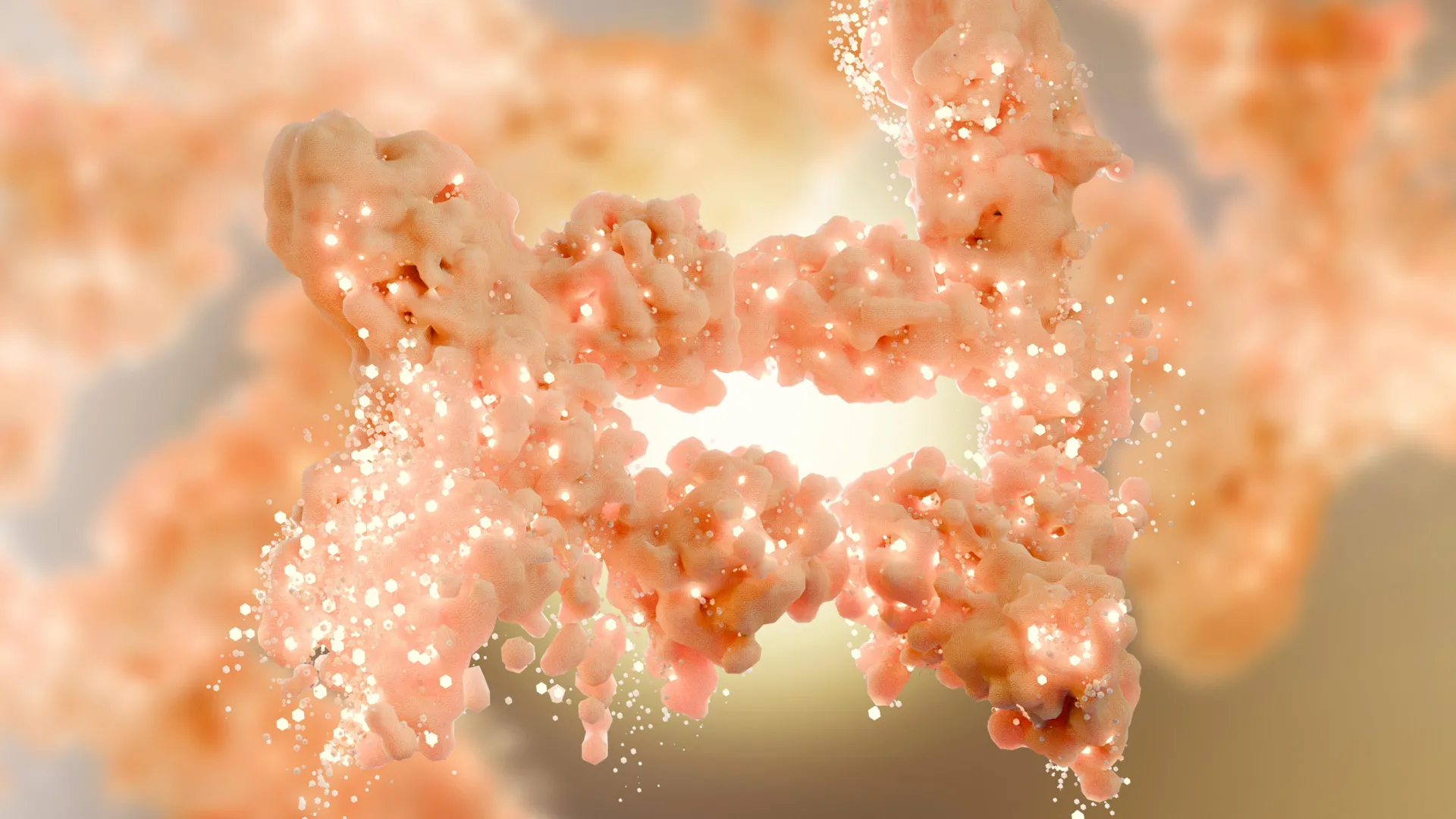New obesity discovery rewrites decades of fat metabolism science
Researchers have found that a hidden regulatory system helps determine how much fat the body keeps or loses.
- Date:
- November 24, 2025
- Source:
- Université de Toulouse
- Summary:
- Researchers have uncovered a surprising new role for the HSL protein: beyond breaking down fat, it also works inside the nucleus of fat cells to keep them functioning properly. When HSL is missing, fat tissue doesn’t expand as expected— instead, it shrinks, leading to lipodystrophy. This unexpected discovery helps explain why both obesity and fat-loss disorders share similar health risks, and it opens up fresh paths for understanding metabolic diseases at a time when obesity affects billions worldwide.
- Share:

Our fat cells, known as adipocytes, do far more than store extra body weight. They serve as an important energy reserve for the body. Inside each adipocyte, fat is packed into lipid droplets that can be tapped when fuel is needed -- for example, during the hours between meals. To release this stored energy, the body relies on a protein called HSL, which functions much like a switch. When energy is running low, hormones such as adrenaline activate HSL, prompting it to free fat that can then supply various organs.
Without HSL, it would be reasonable to expect fat to build up, as though the body had lost access to its energy supply. Surprisingly, this is not what happens. Research involving both mice and patients with mutations in the HSL gene shows that the lack of this protein does not lead to excess fat or obesity. Instead, affected individuals experience a loss of fat mass, a condition known as lipodystrophy.
Although obesity and lipodystrophy appear to be complete opposites, both involve fat cells that do not function properly. As a result, each condition can contribute to metabolic disturbances and cardiovascular problems.
HSL Found in an Unexpected Location Inside Fat Cells
To understand this surprising behavior, a team led by Dominique Langin, professor at the University of Toulouse within the I2MC, took a closer look at where HSL is found inside adipocytes. The protein is well known for its role at the surface of lipid droplets, where it helps break down stored fat. However, the study revealed that HSL also resides inside the nucleus of fat cells. "In the nucleus of adipocytes, HSL is able to associate with many other proteins and take part in a program that maintains an optimal amount of adipose tissue and keeps adipocytes 'healthy'," explains Jérémy Dufau, co-author of the study, who completed his doctoral thesis on this topic.
The researchers also found that nuclear HSL levels are tightly controlled. Adrenaline, which activates the form of HSL located on lipid droplets, also encourages the protein to leave the nucleus. This process occurs naturally during fasting. In contrast, obese mice show elevated levels of HSL within the nucleus, suggesting a shift in this regulatory system.
A Revised Understanding of HSL's Role in Metabolism
"HSL has been known since the 1960s as a fat-mobilizing enzyme. But we now know that it also plays an essential role in the nucleus of adipocytes, where it helps maintain healthy adipose tissue," says Dominique Langin. This additional responsibility helps explain why the absence of HSL results in lipodystrophy, and it offers new insights into metabolic disorders such as obesity and related health complications.
This discovery appears at a critical time. In France, one in two adults is overweight or obese, and globally the number reaches two and a half billion people. Obesity increases the risk of a range of diseases, including diabetes and heart problems, and often reduces overall quality of life. Continued scientific research is crucial to improving prevention efforts and patient care.
Story Source:
Materials provided by Université de Toulouse. Note: Content may be edited for style and length.
Journal Reference:
- Jérémy Dufau, Emeline Recazens, Laura Bottin, Camille Bergoglio, Aline Mairal, Karima Chaoui, Marie-Adeline Marques, Veronica Jimenez, Miquel García, Tongtong Wang, Henrik Laurell, Jason S. Iacovoni, Remy Flores-Flores, Pierre-Damien Denechaud, Khalil Acheikh Ibn Oumar, Ez-Zoubir Amri, Catherine Postic, Jean-Paul Concordet, Pierre Gourdy, Niklas Mejhert, Mikael Rydén, Odile Burlet-Schiltz, Fatima Bosch, Christian Wolfrum, Etienne Mouisel, Genevieve Tavernier, Dominique Langin. Nuclear hormone-sensitive lipase regulates adipose tissue mass and adipocyte metabolism. Cell Metabolism, 2025; 37 (11): 2250 DOI: 10.1016/j.cmet.2025.09.014
Cite This Page: